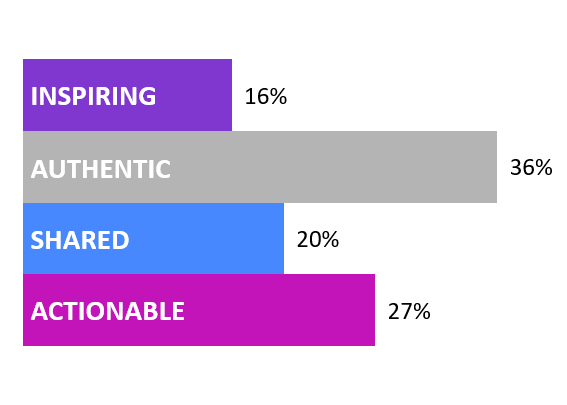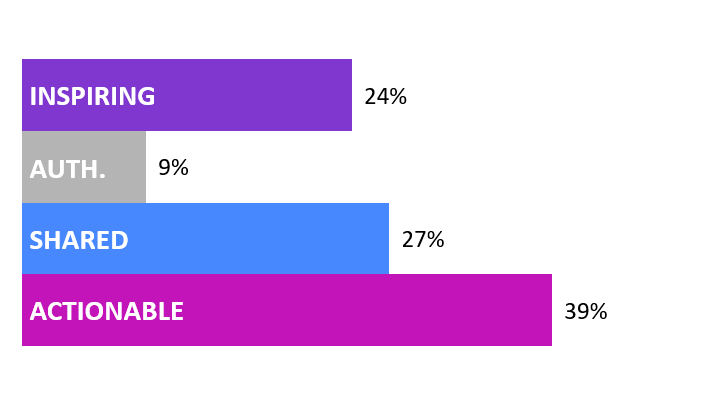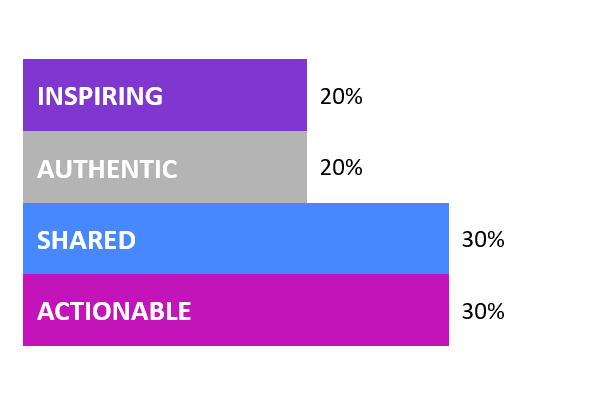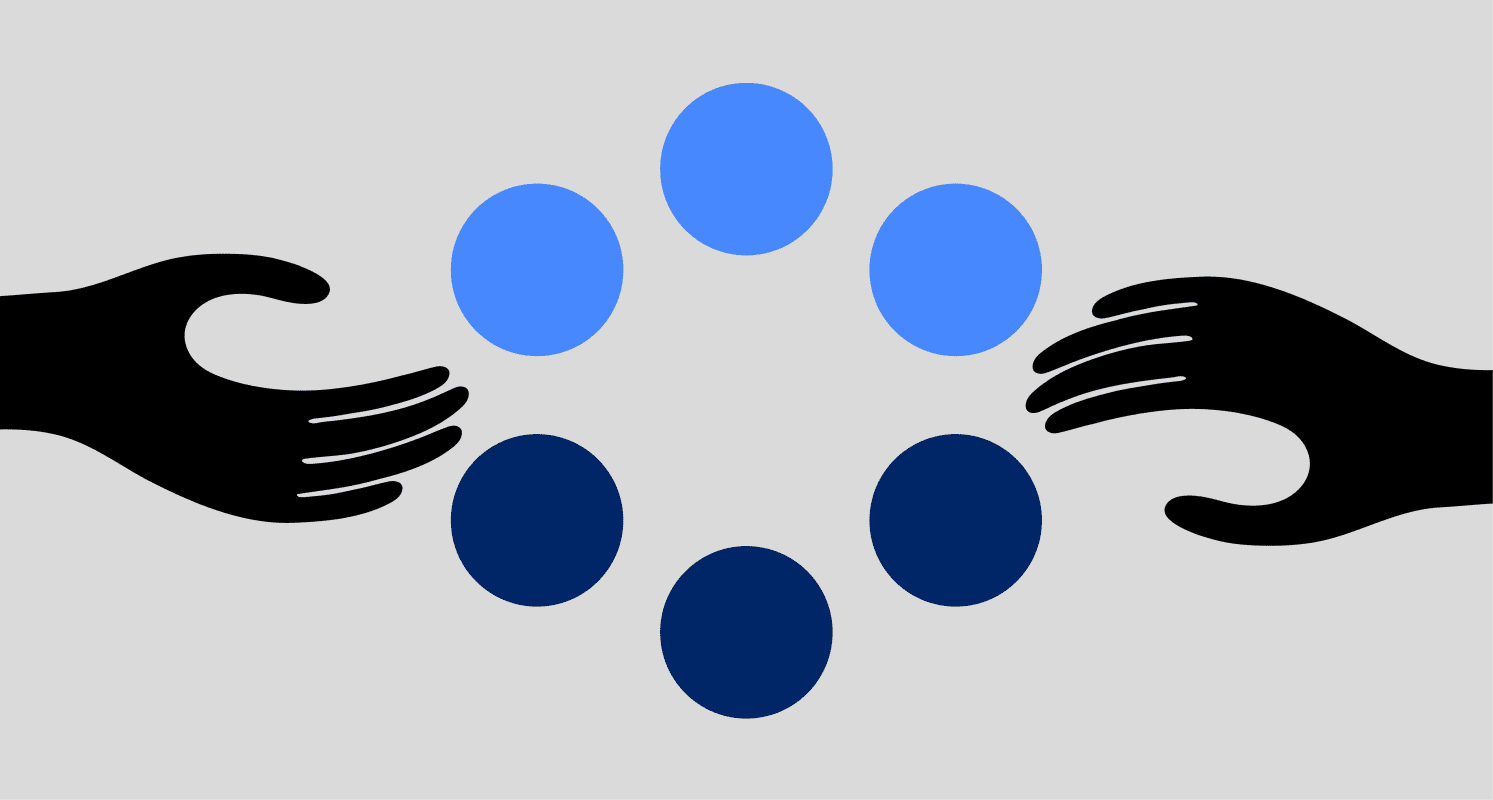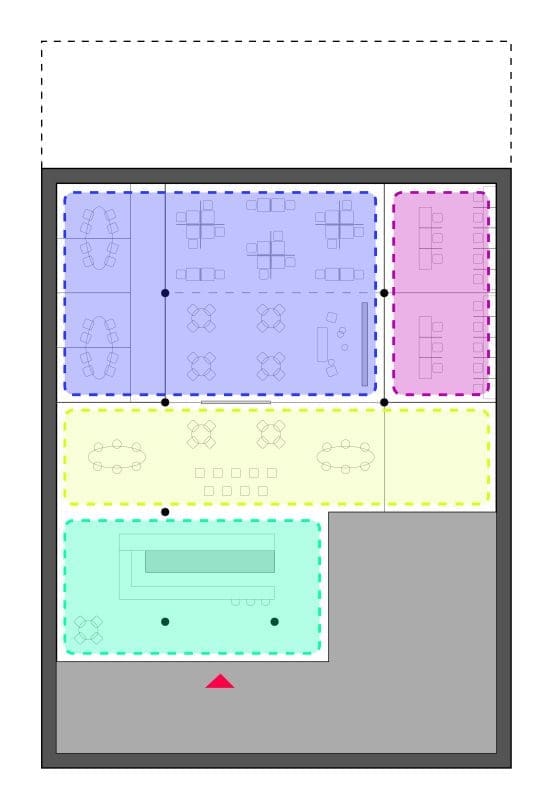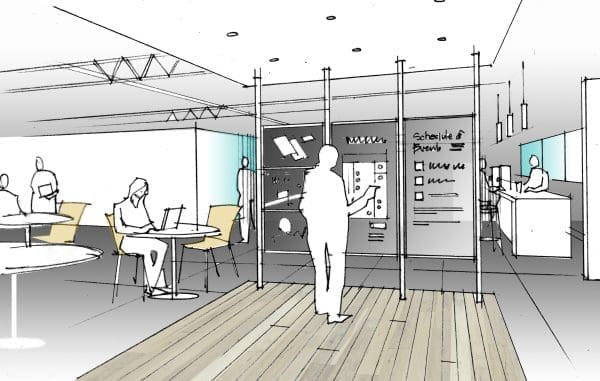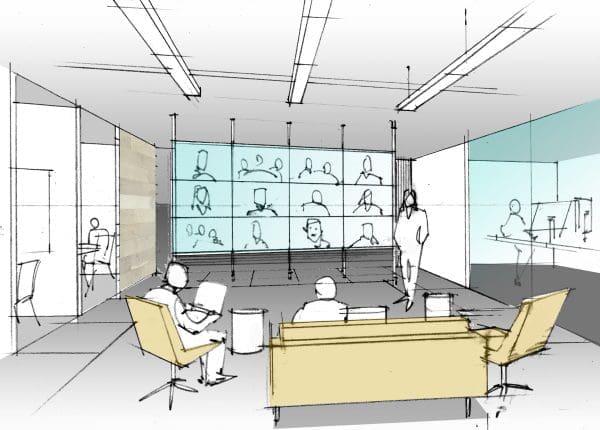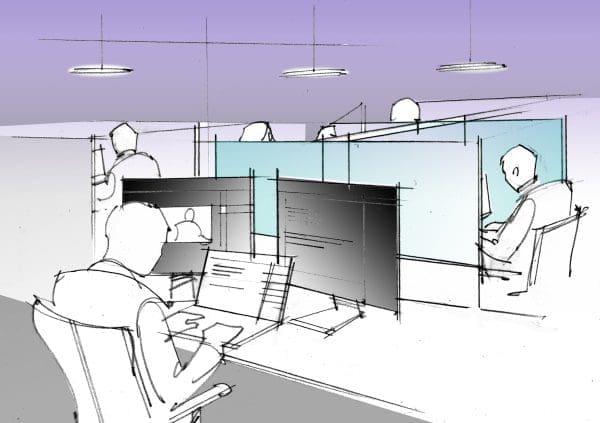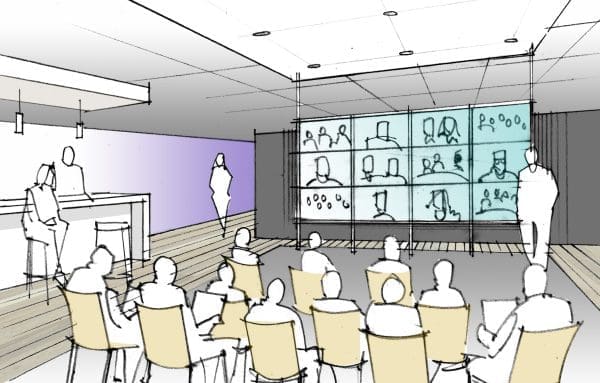BLOG
Four Areas of Focus for Marketing Teams in 2021
Empathy, data, relationships and direct-to-consumer convenience lead to the best results.
Prophet releases marketing and sales trends to watch every year, with advice on acting on them. Given the chaotic and unpredictable events of last year, we’re focusing on what trends from 2020 we believe are here to stay and our hopes for carrying over some good aspects from the Zoom-based year we enjoyed with clients and colleagues.
Instead, we want to talk about four established trends that we’re thrilled to see are still gathering steam. Even before the pandemic, these four marketing tactics were gaining new importance for sales and marketing organizations, but the need for digital transformation tipped them over the edge. We believe accelerating these efforts can lead organizations to be more customer-centric and deliver uncommon growth in the months ahead.
Marketing Learnings to Carry into 2021
Empathetic Marketing and Sales Strategies
Everyone knows that companies aren’t human, but this is the year we became intensely aware that the decision-makers who run them are. This heightened human-centricity will continue to shape the best marketing and sales strategies in the year ahead.
“Even before the pandemic, these four marketing tactics were gaining new importance for sales and marketing organizations, but the need for digital transformation tipped them over the edge.”
Whether it’s in terms of messaging, content, digital experiences or sales materials, it’s time to keep the empathy flowing. That means appreciating what customers are going through–and acknowledging their struggles–is more crucial than ever. It’s not just the right thing to do. It’s the best business policy and ensures companies are delivering on their brand purpose. Responding quickly and connecting through empathetic content that shares your values and says we get you are proven ways for brands to stay relevant and build deeper relationships.
Some favorite examples? As soon as the U.S. declared a National Emergency due to the pandemic, Hyundai and Ford introduced new job-loss protection programs for new owners. And IKEA and LEGO understood how worried parents are about stuck-at-home kids, quickly creating blueprints for blanket forts and reassuring videos.

Data-Driven Decisioning
Businesses that make data-driven decisions can move more effectively, leading to better customer and business outcomes. And while plenty of marketers have that level of data, too few also have the processes in place to act on it. Those that do, and those with teams assigned to accountability areas, are those that will thrive in the year ahead.
Early in the pandemic, Marcus, Goldman Sachs’ consumer banking platform, used data to gain knowledge on which of their customers needed help, resulting in targeted measures such as the introduction of a temporary hardship program, allowing its customers to postpone making a loan payment for one month at no additional interest. It also used its data to determine how to share the continually changing interest rates. By using data effectively, the platform is now better equipped than most to deal with the banking industry’s new, post-COVID-19 normal.

Fiercer Focus on Relationship-Building
More companies, including Disney and Target, are fueling growth by leaning into loyalty efforts. And they are making sure these efforts have an impact across the entire customer journey into the acquisition phase. They are using loyalty data to improve offers for all existing customers, which often proves to be a smart use of resources. Loyalty programs strengthen relationships and say to customers, “We’ve got your back.” They also help with customer acquisition to increase sales.
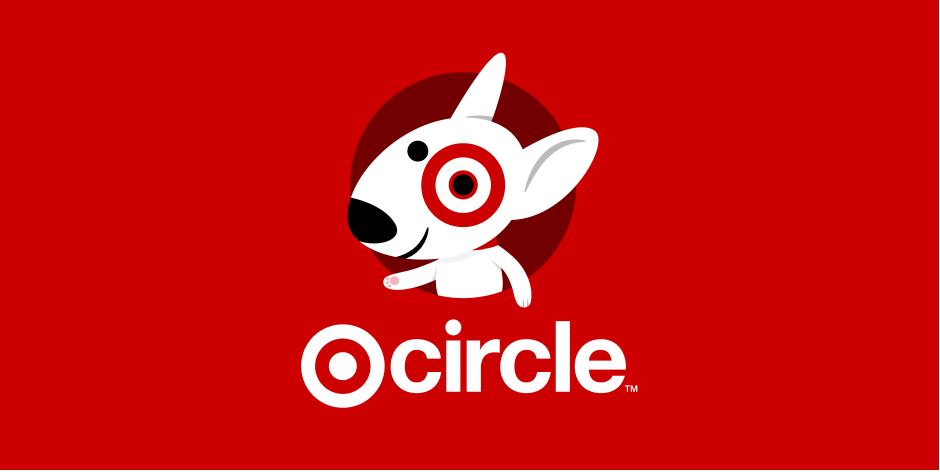
Direct-to-Consumer Convenience
Making products and services more convenient is an old idea. But as consumers swarm to e-commerce options, the brands with the most direct relationships with their customers–from DoorDash to Peloton to Glossier–have distinct advantages over much-bigger competitors. More companies, including B2B organizations, should find ways to emulate that closeness and convenience by helping to make convenient decision making for customers, following companies such as Levi Strauss, Lululemon and Nike that are expanding their DTC tactics.

Personal Aspirations for 2021
Just as the past year is reshaping corporate sales and marketing strategies, it’s changed people, too– us included. We’re getting to know colleagues and clients differently. For all its faults, Zoom is introducing us to co-workers in different ways, especially when their kids or pets drop in. We’re gaining a window into people’s lives and a better understanding of who they really are.
Despite occasional irritability, it’s also led to a sense of grace. After decades of expecting everything to go smoothly (remember when connecting to projectors was the most challenging part of the day), we are getting used to messy intrusions. Dogs bark. Delivery people ring doorbells. Babies need to get up and kids need help with school.
As our mental health frayed a little, we’re gaining a fuller understanding of self-care. Not only did we not mind when colleagues joined a meeting while walking outdoors, but it is also inspiring us to do the same. Also, we expressed what is important to us and set boundaries for important activities such as family meals.
Here’s hoping the new year brings us all more grace, empathy and some comfy clothes.
FINAL THOUGHTS
We are carrying many lessons – both professionally and personally – into 2021 that have changed (and mostly, improved) the way we approach our work. With these lessons in our back pocket, we are growing alongside our clients – partnering with them to implement the most relevant, customer-centric marketing tactics to drive growth.
Do you need a growth partner in 2021? Reach out to us and we will connect you with someone from our marketing & sales practice.




